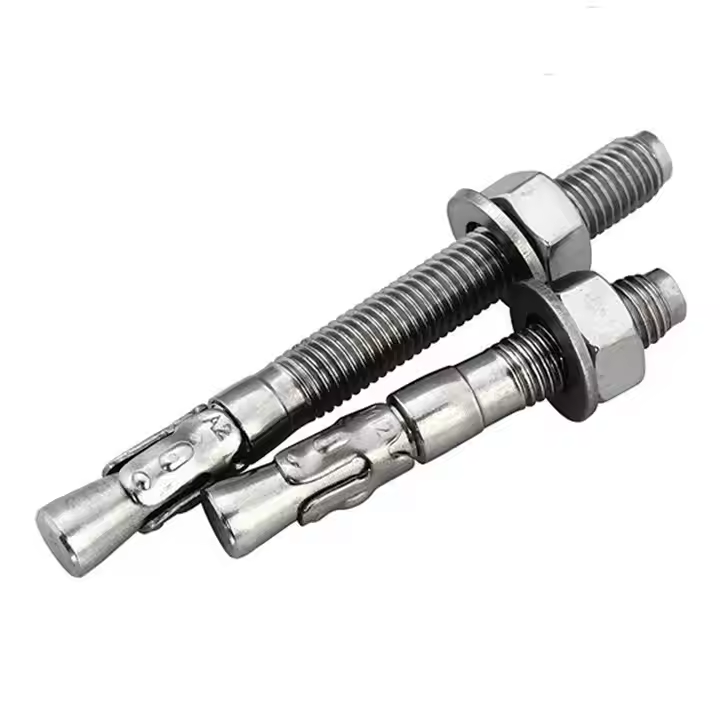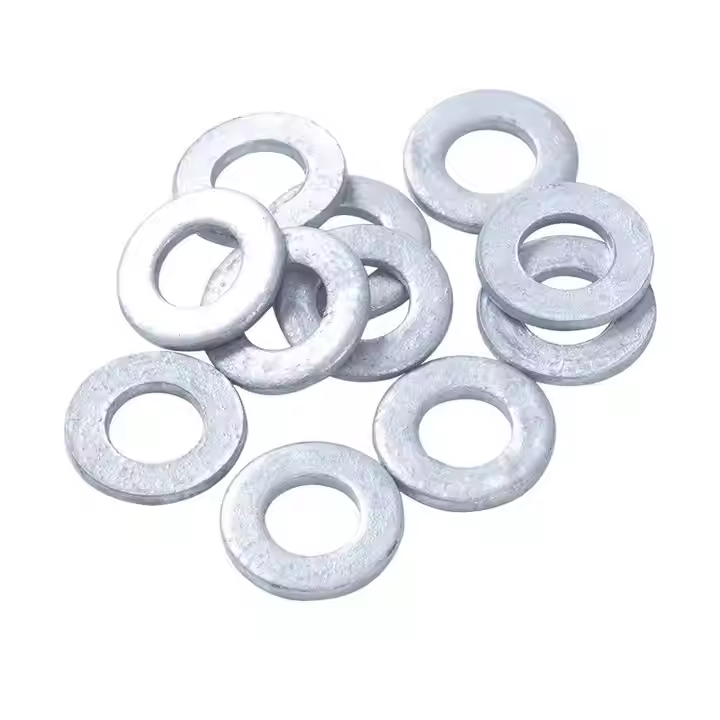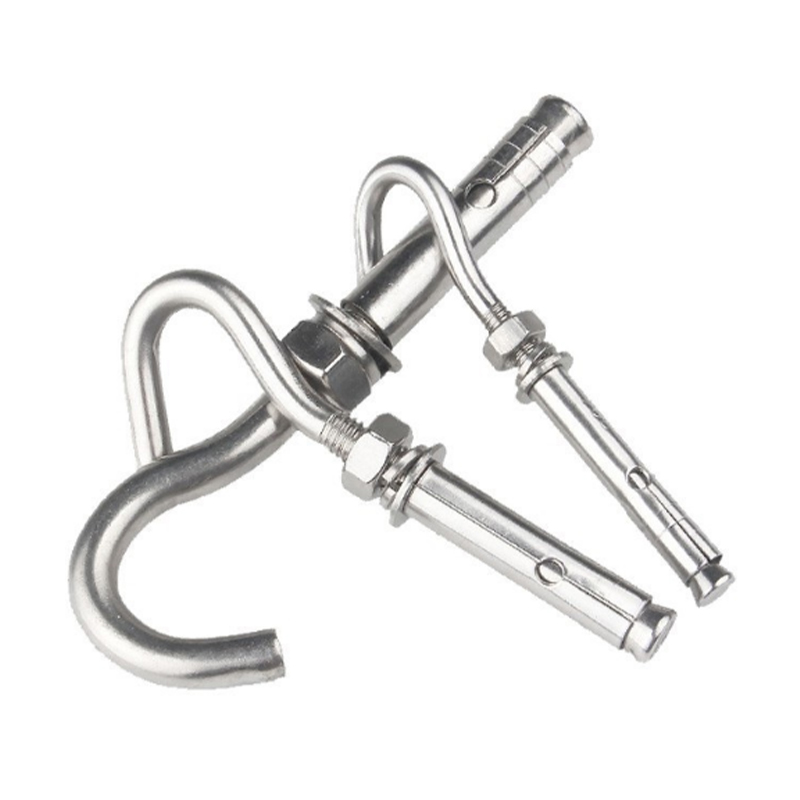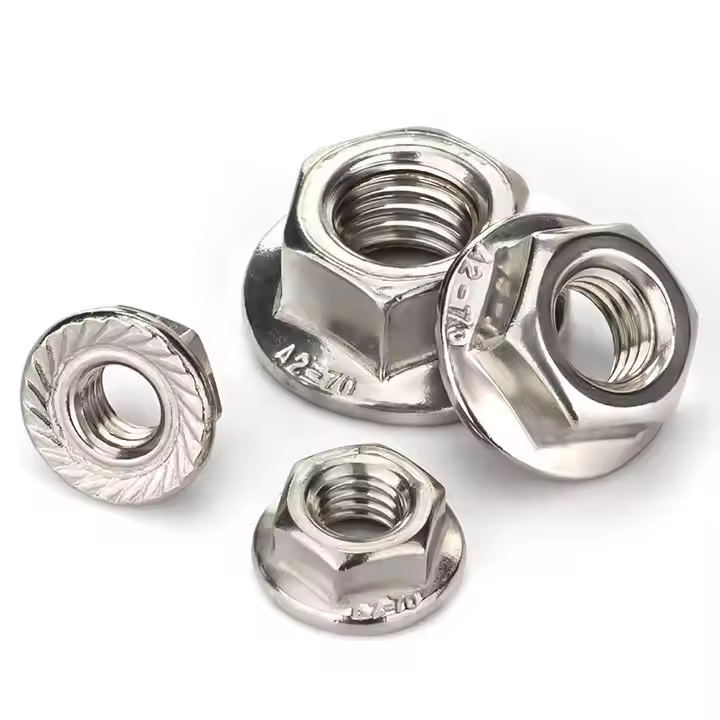

Lead screws are essential mechanical components that convert rotary motion into linear motion. This comprehensive guide explores their design principles, common applications, material selection considerations, and key factors to consider when choosing the right lead screw for your specific needs. We'll also touch upon maintenance and troubleshooting tips to ensure optimal performance and longevity.Understanding Lead ScrewsWhat is a Lead Screw?A lead screw, also known as a power screw or translation screw, is a threaded rod used to translate rotary motion into linear motion. It functions similarly to a bolt, but its primary purpose is to move a load along its axis rather than to fasten components together. The helix angle of the thread determines the amount of linear travel achieved per revolution.Lead Screw vs. Ball ScrewWhile both lead screws and ball screws achieve the same fundamental goal, they differ significantly in their operation and performance characteristics. Ball screws use recirculating ball bearings between the screw and nut, resulting in higher efficiency, lower friction, and increased load capacity. Lead screws, on the other hand, rely on sliding friction between the screw and nut. Here's a table summarizing the key differences: Feature Lead Screw Ball Screw Efficiency Low (30-70%) High (90%+) Friction High Low Load Capacity Lower Higher Cost Lower Higher Backlash Higher Lower Applications Light-duty, low-speed applications High-precision, high-speed applications Types of Lead ScrewsLead screws come in various types, each suited for specific applications: Acme Lead Screws: Trapezoidal thread form. Common for general-purpose applications requiring moderate load capacity and efficiency. Square Lead Screws: Square thread form. Offer higher efficiency compared to Acme threads but are more expensive to manufacture. Buttress Lead Screws: Asymmetrical thread form. Designed for high axial loads in one direction. Trapezoidal Lead Screws: Similar to Acme, defined by ISO 2901.Applications of Lead ScrewsLead screws are widely used in various industries due to their simplicity, reliability, and cost-effectiveness. Common applications include: 3D Printers: Used for precise Z-axis movement. CNC Machines: Employed for linear motion control in milling, turning, and other machining operations. Laboratory Equipment: Utilized in precision positioning stages and instruments. Medical Devices: Found in syringe pumps, adjustable beds, and other medical equipment. Automated Machinery: Incorporated in assembly lines, packaging machines, and other automated systems. Jacks: Used in car jacks and other lifting mechanisms. Companies like Hebei Muyi Import&Export Trading Co.,Ltd provide a wide array of options to suit the diverse needs of these applications.Selecting the Right Lead ScrewKey Factors to ConsiderChoosing the appropriate lead screw involves careful consideration of several factors: Load Capacity: Determine the maximum axial load the lead screw will need to support. Travel Distance: Calculate the required linear travel distance. Speed: Specify the desired linear speed. Accuracy: Define the required positioning accuracy and repeatability. Duty Cycle: Estimate the percentage of time the lead screw will be in operation. Environment: Consider the operating temperature, humidity, and exposure to contaminants. Backlash: Determine the allowable backlash (play between the screw and nut). Efficiency: Decide what level of efficiency is required for the application.Material SelectionThe material of the lead screw and nut significantly affects its performance and lifespan. Common materials include: Stainless Steel: Offers excellent corrosion resistance and is suitable for food processing, medical, and other cleanroom applications. Carbon Steel: Provides high strength and is typically used for general-purpose applications. Bronze: Commonly used for nuts due to its good wear resistance and lubricity. Plastic (e.g., Delrin, Nylon): Lightweight and self-lubricating, suitable for low-load applications.Lead and PitchLead refers to the linear distance the nut travels for one complete revolution of the screw. Pitch refers to the distance between adjacent threads. For a single-start thread, the lead and pitch are equal. However, for multi-start threads, the lead is a multiple of the pitch (Lead = Pitch * Number of Starts). A larger lead provides faster linear movement per revolution, but requires more torque.Maintenance and TroubleshootingLubricationProper lubrication is crucial for extending the life of a lead screw. Regular application of a suitable lubricant reduces friction, minimizes wear, and prevents corrosion. Select a lubricant appropriate for the operating environment and materials used. Refer to the manufacturer's recommendations for specific lubricant types and application intervals.Troubleshooting Common Issues Excessive Wear: Can be caused by inadequate lubrication, overloading, or contamination. Backlash: Increases over time due to wear. Consider using anti-backlash nuts to minimize backlash. Binding: May be caused by misalignment, contamination, or thread damage. Noise: Can indicate inadequate lubrication, loose components, or thread damage.ConclusionLead screws offer a reliable and cost-effective solution for converting rotary motion into linear motion. By understanding their design principles, application considerations, and maintenance requirements, you can select and implement the right lead screw for your specific needs. Whether you're involved in 3D printing, CNC machining, or any other application requiring precise linear movement, a well-chosen and properly maintained lead screw will ensure optimal performance and longevity.Remember to consult with reputable suppliers like Hebei Muyi Import&Export Trading Co.,Ltd for expert advice and high-quality components.Disclaimer: This guide provides general information and should not be considered a substitute for professional engineering advice. Always consult with qualified engineers to ensure the proper selection and application of lead screws for your specific needs.













Please enter your email address and we will reply to your email.